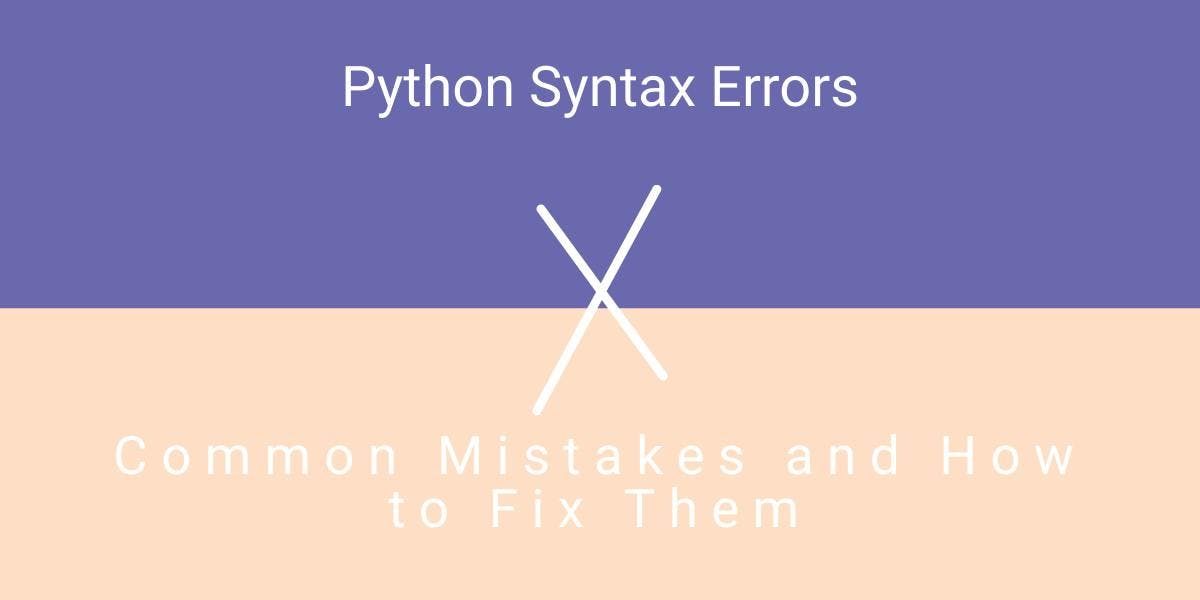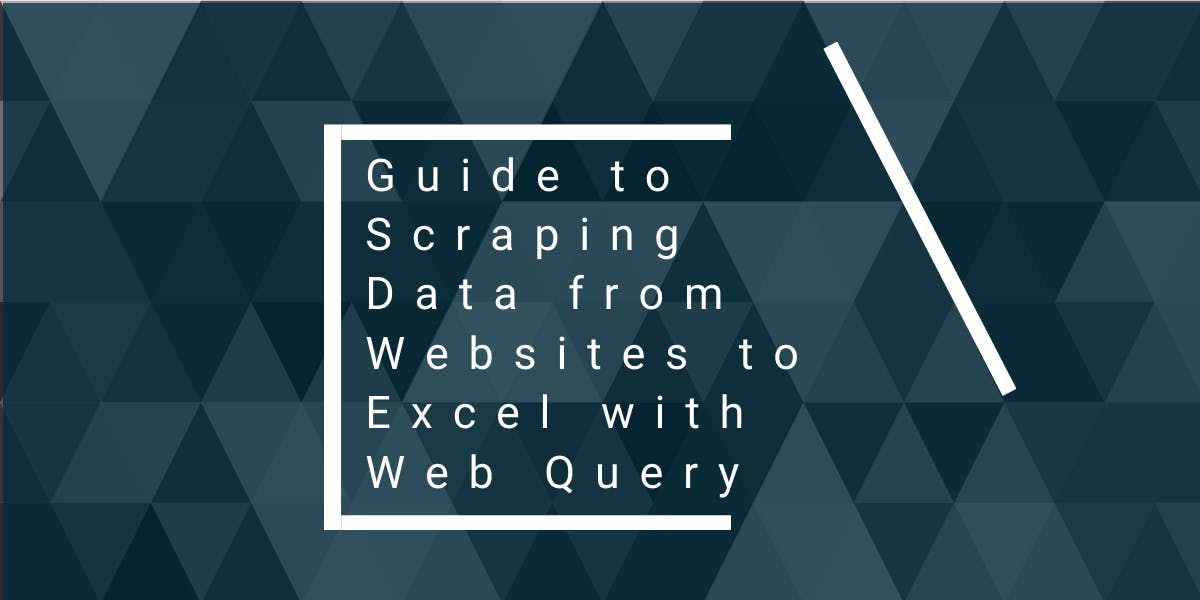Building Your Own Yellow Pages Scraper
Flipnode on May 18 2023

Web scraping has become an essential tool in almost every field of business. Depending on the specific objectives and use cases, companies determine what data they need. For instance, if a company is looking for potential leads, it can extract contact information of businesses from yellow pages. This article will not only explain the benefits of web scraping yellow pages but also provide a basic guide on how to build a yellow pages scraper.
However, before we delve into building a yellow pages scraper, it is important to understand some essential definitions.
What are yellow pages?
Yellow pages refer to a printed directory that contains telephone numbers and advertisements for businesses and organizations in a particular geographical area. The information in yellow pages is typically categorized based on the type of business or services offered.
With the rise of the internet, many publishers transitioned their print directories into online versions known as Internet Yellow Pages (IYP). These online directories offer real-time updates, providing users with the most up-to-date and relevant information, unlike their printed counterparts.
What kind of information can you get?
As a business, generating leads is essential for achieving sales goals. Yellow pages provide valuable information such as business name, phone number, state, postal code, email address, website, and business description, which can be extracted for potential client outreach. Every country has its own yellow pages website where you can find relevant company information for your targeted market.
What is a yellow pages scraper?
Let's start by defining what a web scraper is. A web scraper is a tool that collects data from different websites by identifying and extracting HTML data into a readable format. It is a valuable solution for businesses and data analysts who need to extract large amounts of data from the web.
Now, focusing on yellow pages scraper, it is a specialized tool designed to scrape data from yellow pages websites. A yellow pages scraper is specifically built to search and extract information such as location, contact details, and more from yellow pages directories.
Building a yellow pages scraper
The workflow of using a web scraper for data gathering typically involves several key elements:
- Developing data extraction scripts: This step involves creating code using a coding language such as Python to extract data from websites. These scripts are designed to identify and capture the relevant information from the web pages.
- Using headless browsers: In addition to coding, web scrapers may also utilize headless browsers, which are automated browsers that can interact with web pages without displaying a visible interface. Headless browsers can perform actions such as clicking on links and retrieving content from web pages, making them useful for data extraction tasks without triggering internet activities visible to users.
- Data parsing: Once the data is extracted, it may be in a raw format that is difficult to understand. Data parsing is the process of organizing and structuring the extracted data to make it more usable. This involves searching for specific parts within the HTML files and extracting relevant data.
- Data storage: After data parsing, the extracted and parsed data needs to be stored for future use. This can involve saving the data in a structured format such as a database, spreadsheet, or other suitable storage medium.
These are the essential elements involved in the process of using a web scraper for data gathering.
What is a scraping path?
Before embarking on web scraping, it's important to compile a list of URLs from which you want to extract data. You also need to create a scraping path, which is a repository of URLs where the desired information is stored. This scraping path will serve as a reference for your web scraper to navigate through the websites and retrieve the data you need.
Proxies for web scraping yellow pages
In web scraping tasks, proxies are commonly used to prevent IP address blocks from target servers. When conducting web scraping at scale, the targeted web servers often receive a high volume of requests, which can trigger suspicion and result in IP address blocking. Proxies play a crucial role in mitigating this issue.
There are two main types of proxies: residential proxies and datacenter proxies. Both types offer 100% anonymity and provide IP addresses from various locations around the world, but they have differences that should be noted.
Residential proxies are IP addresses that are supported by Internet Service Providers (ISPs) and are associated with physical locations. They typically have a low block-rate, making them ideal for extracting large amounts of data without triggering blocking alarms.
On the other hand, datacenter proxies originate from cloud service providers and are not associated with any particular ISP. This is the main difference between residential and datacenter proxies.
If you need to harvest data in large quantities, it is recommended to use residential proxies as they leave minimal footprints and are less likely to trigger blocking alarms, providing a more reliable and efficient web scraping experience.
Choosing yellow pages scraper
As you've come to realize, developing your own yellow pages scraper demands time and specialized coding skills. Moreover, extracting extensive amounts of data can pose challenges, particularly for smaller companies that may lack the necessary resources. Creating and managing a dedicated team for web scraping can be daunting. In such cases, outsourcing a web scraping tool from reputable providers can be a viable option. It allows businesses to leverage the expertise of experienced providers and streamline the data gathering process without having to invest in extensive in-house resources.
Conclusions
In conclusion, yellow pages provide a wealth of valuable data for your business needs, including contact information, addresses, postal codes, websites, and business descriptions, which can be used for various purposes, such as reaching out to potential clients. This data can be extracted by building your own yellow pages scraper, involving steps such as developing data extraction scripts, setting up headless browsers, performing data parsing, and implementing data storage.
Alternatively, to simplify the process, you can opt for web scraping tools offered by reputable providers. Additionally, choosing the right proxies is crucial for successful web scraping, as it helps to avoid IP address blocks from target servers. By carefully considering these factors, you can efficiently gather the necessary data from yellow pages for your business requirements.



